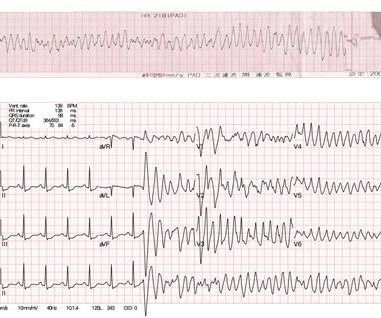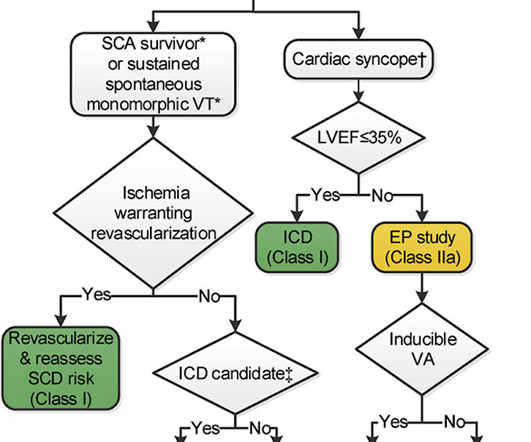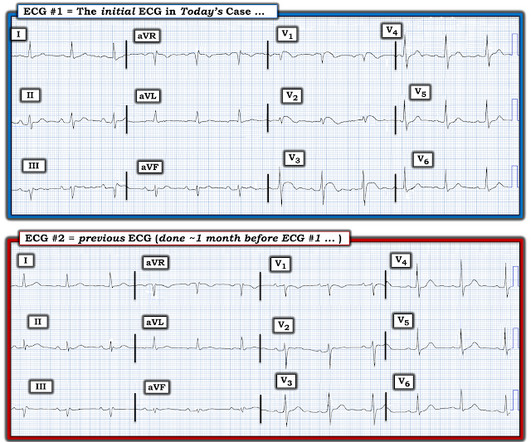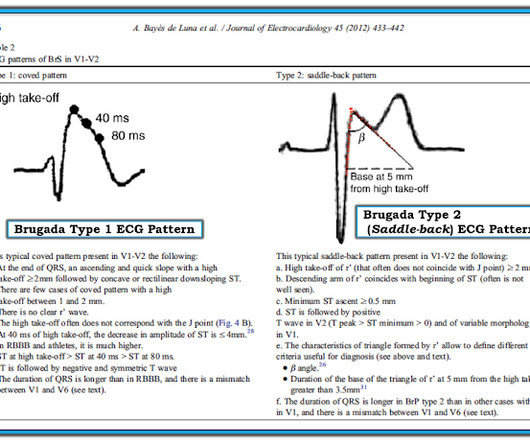Case Report: Lacosamide unmasking SCN5A-associated Brugada syndrome in a young female with epilepsy
Frontiers in Cardiovascular Medicine
JUNE 3, 2024
During the intravenous lacosamide infusion, the patient developed sudden cardiac arrest caused by ventricular arrhythmias necessitating resuscitation. Of note, the patient had a family history of sudden cardiac death.











Let's personalize your content